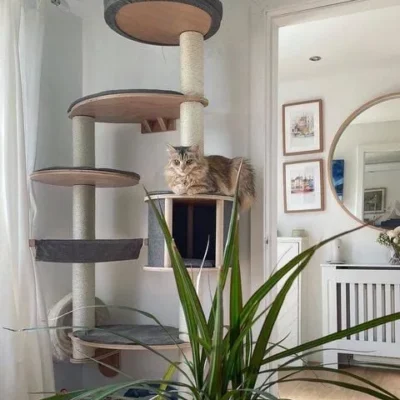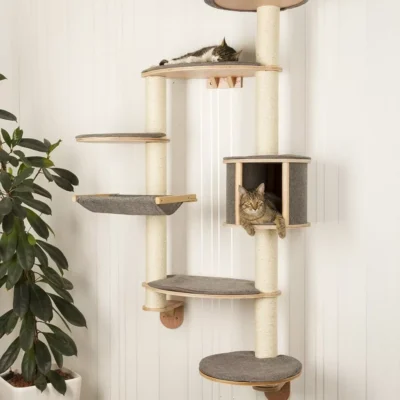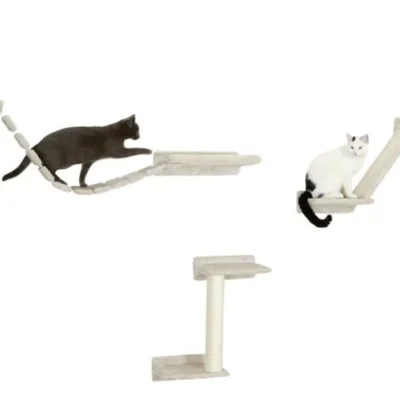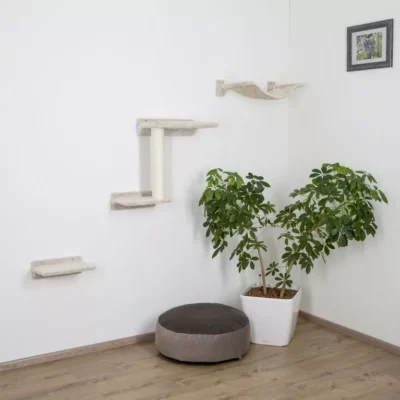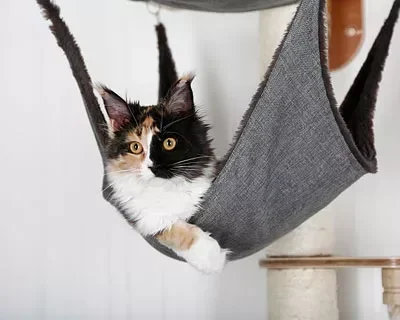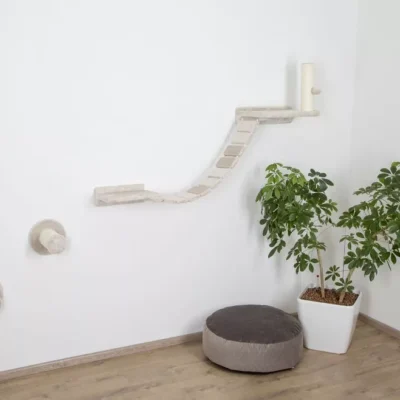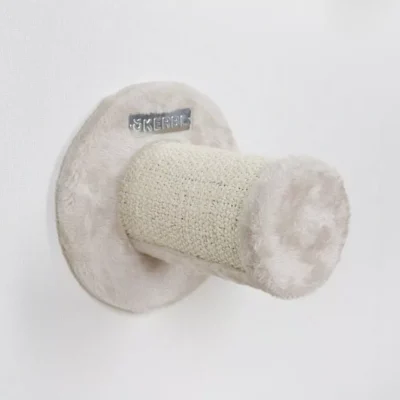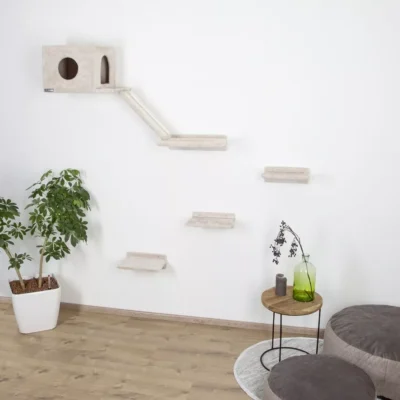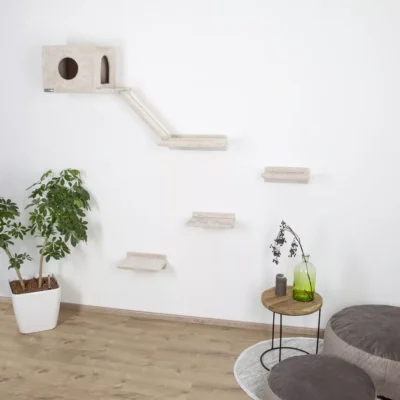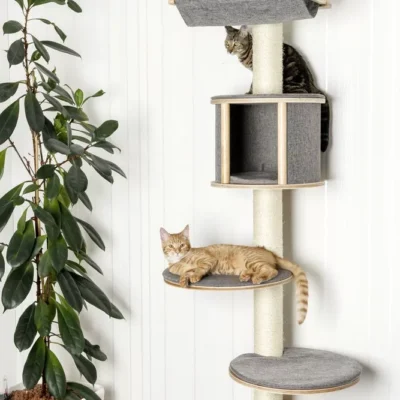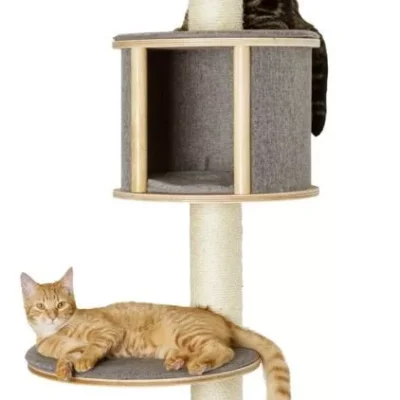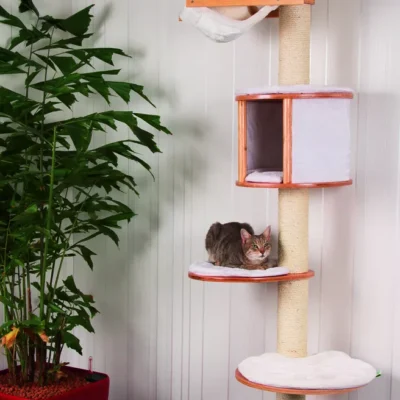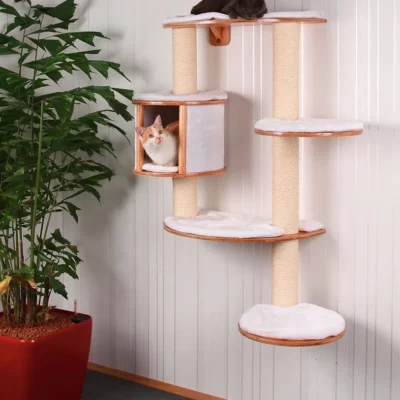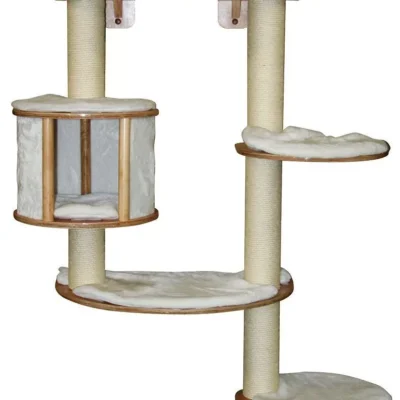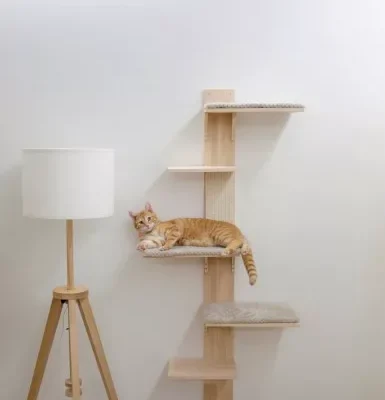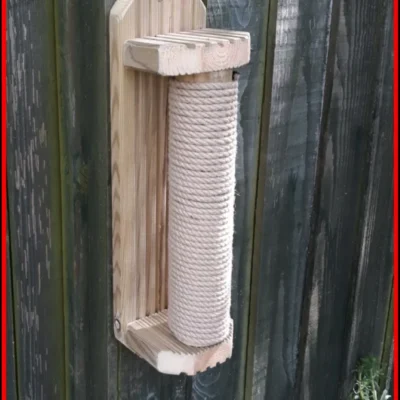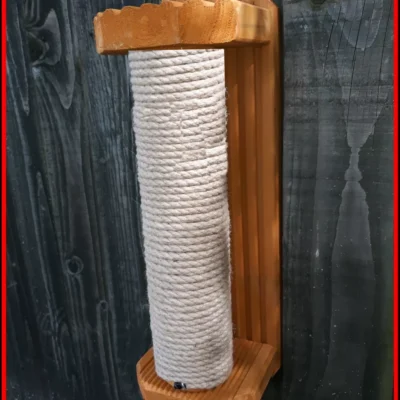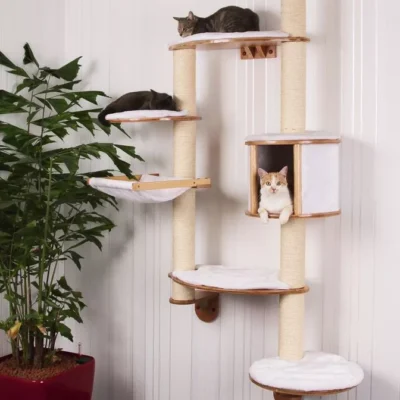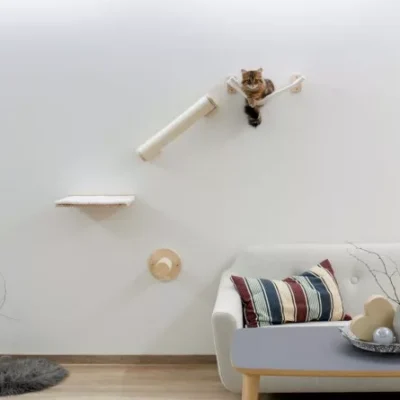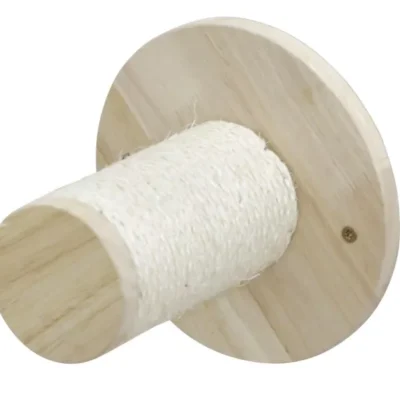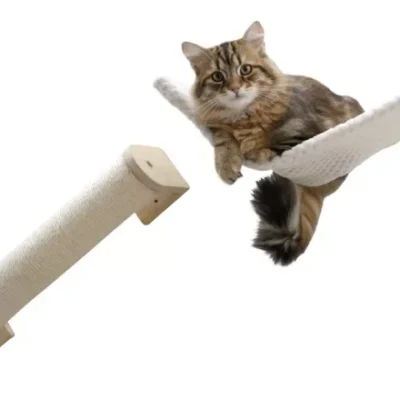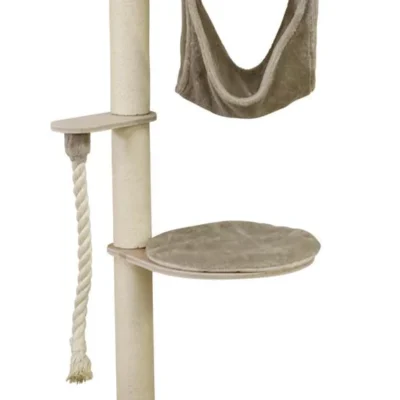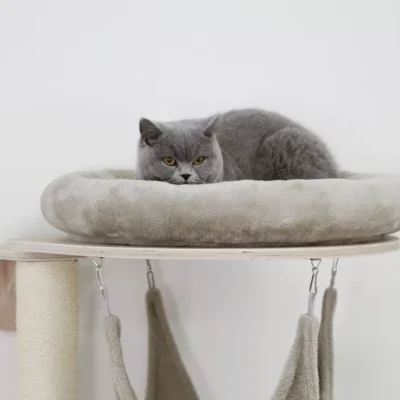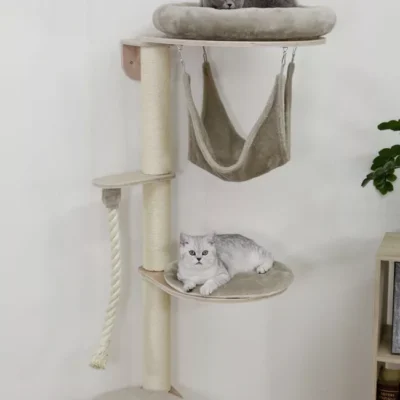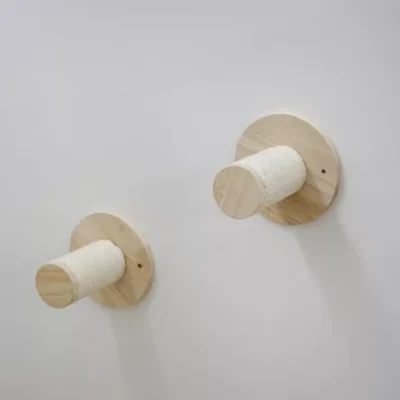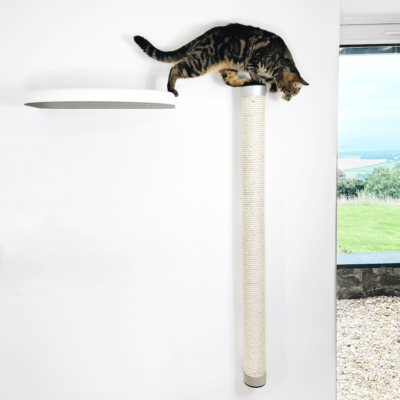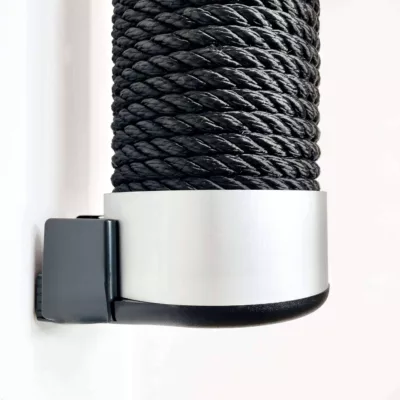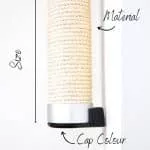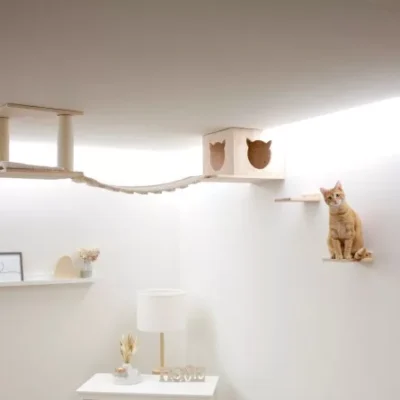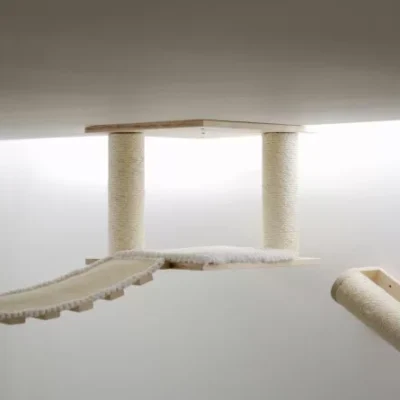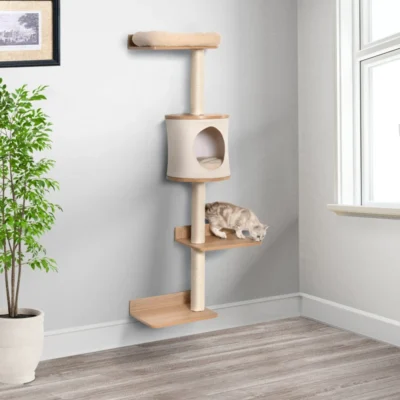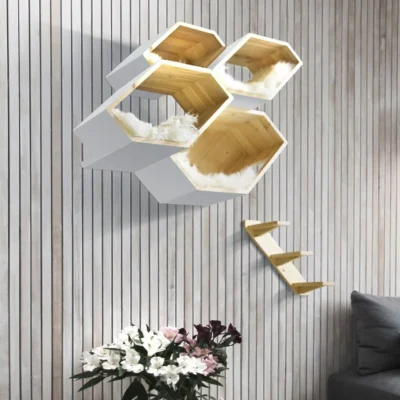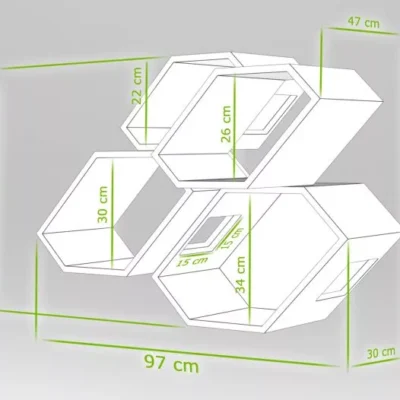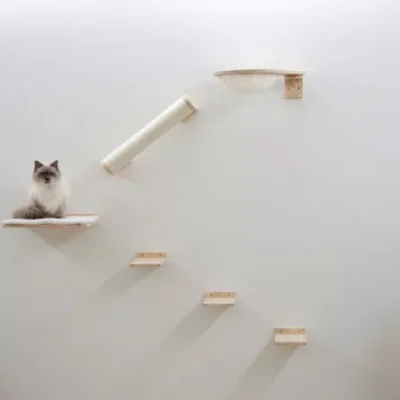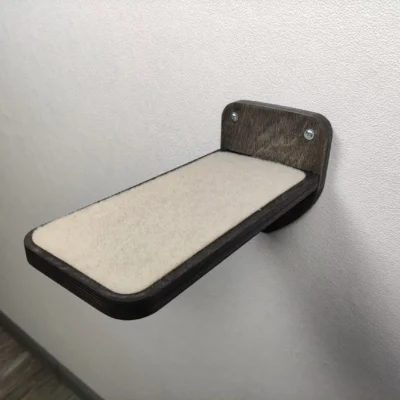0
Cats are known for their curious and playful nature, and as responsible pet owners, providing them with a fulfilling indoor environment is crucial for their physical and mental well-being. Cat trees, those multi-level structures designed specifically for feline enjoyment, play a significant role in enhancing your cat’s life and are more than just pieces of furniture. In this article, we’ll delve into the world of cat trees, shedding light on their importance and the numerous advantages they bring to your cat’s indoor world.
Cat trees are more than just elevated platforms and scratching posts. They are indoor playgrounds, jungle gyms, and sanctuaries for your feline companions. These structures are designed to mimic elements of the outdoor environment that cats naturally gravitate towards, such as climbing, scratching, perching, and playing. By replicating these aspects of the outdoors, cat trees provide a safe and stimulating space for your cat to satisfy their instincts and explore their world from the comfort of your home.
The benefits of cat trees extend far beyond mere entertainment. They play a crucial role in maintaining your cat’s physical and mental well-being. Cat trees offer opportunities for exercise and physical activity, encouraging your cat to climb, stretch, jump, and explore. The variety of platforms, hideaways, and scratching posts not only keep your cat physically fit but also mentally engaged. Cats enjoy the challenge of navigating their tree, which provides mental stimulation and prevents boredom, a common concern in indoor cats.
One of the most important functions of a cat tree is serving as a designated scratching surface. Cats have a natural instinct to scratch, which is essential for maintaining healthy claws and marking their territory. Cat trees offer a safe and appropriate outlet for this behavior, saving your furniture from becoming the unintended victim of their scratching urges.
Additionally, cat trees provide elevated perches, allowing your cat to survey their domain from a position of authority. Cats are territorial animals, and having high vantage points gives them a sense of security and control over their surroundings. These perches also serve as cozy spots for relaxation and napping, which cats tend to enjoy.
While cat trees offer a plethora of benefits, it’s important to be aware of potential risks associated with unstable or poorly constructed options. Safety concerns can arise if a cat tree is not sturdy and secure. Cats may be at risk of injury if a tree topples or wobbles during their playful antics. Therefore, choosing a cat tree made from safe and durable materials is paramount.
Moreover, proper assembly and strategic placement of the cat tree are crucial to ensuring its stability and safety. Careful consideration should be given to where the tree is positioned in your home to prevent accidents and mishaps.
In the subsequent sections of this article, we will delve deeper into the specific advantages of cat trees, offer guidance on selecting the right one for your cat, and provide tips for safe assembly and placement. Your cat’s well-being and happiness are at the forefront of our discussion, and we aim to equip you with the knowledge needed to create an enriching indoor environment that fosters a healthy and contented feline companion.
The Anatomy of a Safe Cat Tree
Ensuring the safety and well-being of our feline companions is a top priority for responsible cat owners. A well-constructed cat tree not only offers a source of entertainment and enrichment but also provides a safe space for your cat to engage in natural behaviors like climbing, scratching, and perching.
The materials used in a cat tree play a crucial role in its overall safety and durability. Opt for cat trees constructed from safe, non-toxic materials that are free from any harmful chemicals. These materials should be able to withstand the wear and tear that comes with a cat’s natural behaviors. Common materials include wood, which provides stability and durability to the cat tree’s structure, sisal rope, ideal for scratching posts, and carpeting, offering comfort for your cat’s lounging needs.
Stability is a key consideration when choosing a cat tree. A stable base and secure platforms are essential for a safe cat tree. These features prevent wobbling or tipping, ensuring your cat’s confidence in using the tree. When selecting a cat tree, check for a sturdy base that should be wide and heavy enough to prevent tipping, even during vigorous play. Additionally, ensure that platforms and perches are securely attached to the structure to support your cat’s weight without any wobbling.
An ideal cat tree offers various heights, platforms, and features that cater to your cat’s climbing, lounging, and play needs. Cats enjoy having options, and a tree with diverse elements keeps them engaged. Look for multiple levels that provide different heights for climbing and exploring. Durable scratching posts are essential to satisfy your cat’s natural scratching instincts, while well-constructed perches provide comfortable spots for resting and observing the surroundings. Some cats love hiding spots or cubbies, offering privacy and security when needed.
By understanding the anatomy of a safe cat tree and considering these components and features, you can provide your feline friend with a stimulating and secure environment that promotes their physical and mental well-being. The right cat tree can become a cherished piece of furniture for both you and your cat, enriching their indoor life and ensuring hours of enjoyment and entertainment.
The Dangers of Unstable Cat Trees
As responsible cat owners, ensuring the safety and well-being of our feline companions is paramount. One aspect of this responsibility involves understanding the potential risks associated with unstable or poorly constructed cat trees. These pieces of furniture, designed to provide enrichment and play opportunities for our cats, can inadvertently pose significant dangers if not chosen wisely.
Unstable or flimsy cat trees can lead to a range of potential risks that may harm our cats. One of the most pressing concerns is the risk of the tree tipping over. Cats are naturally agile climbers, and an unstable cat tree can easily topple, potentially causing injury to our feline friends. Additionally, cats can fall off unstable platforms or perches, leading to accidents and injuries that could have otherwise been prevented. The instability of a cat tree can also create fear and anxiety in cats, affecting their overall well-being and confidence.
Common accidents and injuries resulting from poor stability include bruises, sprains, and more serious injuries like broken bones. Falls or attempts to stabilize on an unstable cat tree can lead to painful physical injuries for our cats. Beyond the physical toll, unstable cat trees can also have an emotional impact on our feline companions. Cats may develop avoidance behaviors, associating the cat tree with instability or fear. This avoidance can lead to reduced play and exploration, affecting their overall quality of life.
Unstable cat trees don’t just affect our cats; they also come with financial and emotional costs for cat owners. Veterinary bills can quickly accumulate when treating injuries caused by unstable cat trees. Moreover, cat owners may find themselves needing to replace the unsafe tree with a stable one, incurring additional expenses. Dealing with injuries and their aftermath can also take an emotional toll on both cat owners and their pets.
In conclusion, understanding the dangers associated with unstable cat trees is crucial for responsible cat ownership. By selecting a stable and well-constructed cat tree, cat owners can provide their feline companions with a safe and enjoyable environment that promotes physical and mental well-being while avoiding potential accidents and injuries.
Tips for Choosing a Stable Cat Tree
When it comes to providing your feline friend with a safe and enjoyable environment, selecting a stable cat tree is of utmost importance. The right cat tree can offer your cat hours of entertainment, exercise, and relaxation while keeping them safe from potential accidents. In this section, we’ll discuss valuable tips to consider when choosing a stable cat tree that meets both your cat’s needs and your preferences.
One of the primary factors to keep in mind is your cat’s size and activity level. Different cat trees are designed for various cat sizes and activity levels. For example, an active and playful cat may benefit from a tree with multiple platforms and toys, while a senior or less active cat might prefer a simpler design with cozy resting spots. Ensure the cat tree you choose aligns with your cat’s characteristics for maximum enjoyment.
Consider your cat’s specific preferences as well. Some cats love to scratch, so choosing a cat tree with designated scratching surfaces is essential. Others may enjoy hiding spots or elevated perches for a better vantage point. Understanding your cat’s preferences will help you select a cat tree that caters to their individual needs.
Another crucial consideration is the available space in your home. Measure the height of the room to ensure the cat tree won’t interfere with ceiling fans or light fixtures. Additionally, measure the floor space where you plan to place the cat tree, taking into account other furniture and potential obstacles. This will help you choose a cat tree that fits comfortably within your living space.
Researching reputable brands and reading customer reviews is an invaluable step in the decision-making process. Look for well-established and reputable brands known for producing quality cat trees. Reading customer reviews and ratings can provide insights into the durability and stability of a cat tree, helping you make an informed choice.
Lastly, assess the size and weight capacity of the cat tree relative to your cat’s needs. Ensure that the cat tree is appropriately sized for your cat to climb, play, and rest comfortably. Checking the weight capacity is essential to ensure that it can support your cat without wobbling or tipping.
In conclusion, choosing a stable cat tree involves considering your cat’s needs, researching reputable brands, measuring available space, and assessing size and weight capacity. By investing in the right cat tree, you’ll provide your cat with a safe and enjoyable space for exercise, play, and relaxation, ultimately enhancing their quality of life.
Conclusion and Responsible Cat Ownership: Ensuring Your Cat’s Safety and Happiness
In conclusion, ensuring your cat’s safety and happiness begins with the thoughtful selection of a stable and well-constructed cat tree. The cat tree you choose can significantly impact your feline friend’s well-being, providing them with a space for exercise, play, and relaxation while keeping them safe from potential accidents. To summarize the key points discussed in this article:
Stability is paramount when it comes to cat trees. A stable cat tree is essential for your cat’s safety, preventing accidents and injuries. It also contributes to their enjoyment, offering a secure environment for them to explore and play.
Prioritizing quality and durability should be a top consideration. Investing in a high-quality cat tree ensures it can withstand your cat’s natural behaviors, such as scratching and climbing. It also extends the tree’s lifespan, providing long-term enrichment for your cat.
Regular maintenance and inspection play a crucial role in keeping your cat tree safe and enjoyable. Cleaning the tree to remove dirt, fur, and potential allergens is essential. Additionally, conducting routine inspections to check for stability and tightening screws or bolts when needed ensures your cat’s ongoing safety.
Responsible cat ownership involves making informed decisions that prioritize your cat’s needs and preferences. It requires a commitment to safety and the well-being of your feline companion. By choosing a stable cat tree, maintaining it properly, and considering your cat’s unique characteristics, you contribute to their happiness and overall quality of life.
In closing, I encourage all cat owners to take the necessary steps to ensure their cat’s safety, happiness, and long-term enjoyment of their cat tree. By doing so, you provide your beloved feline friend with a secure and enriching environment that enhances their well-being and strengthens the bond you share.



